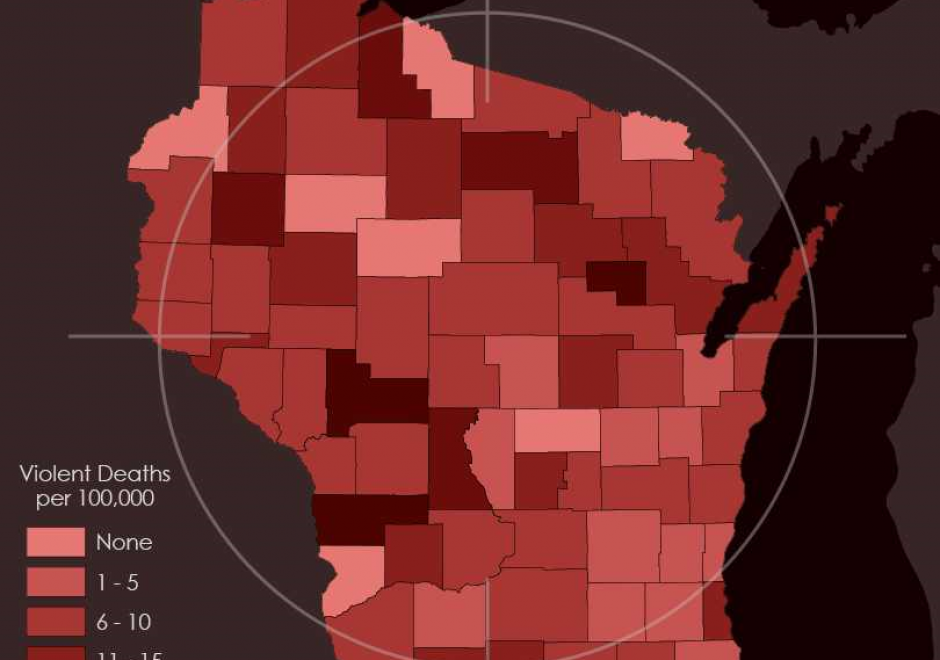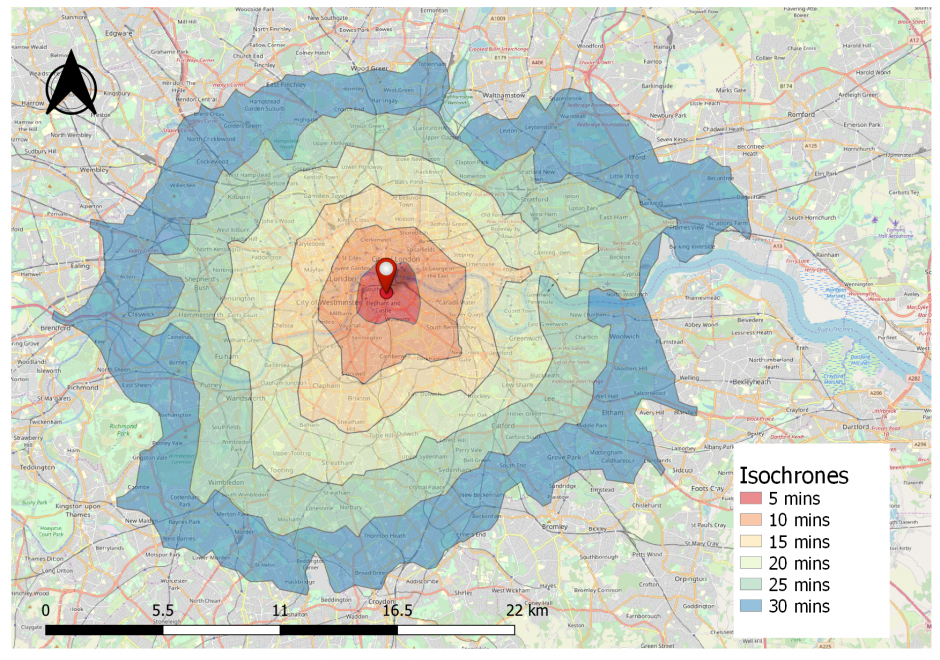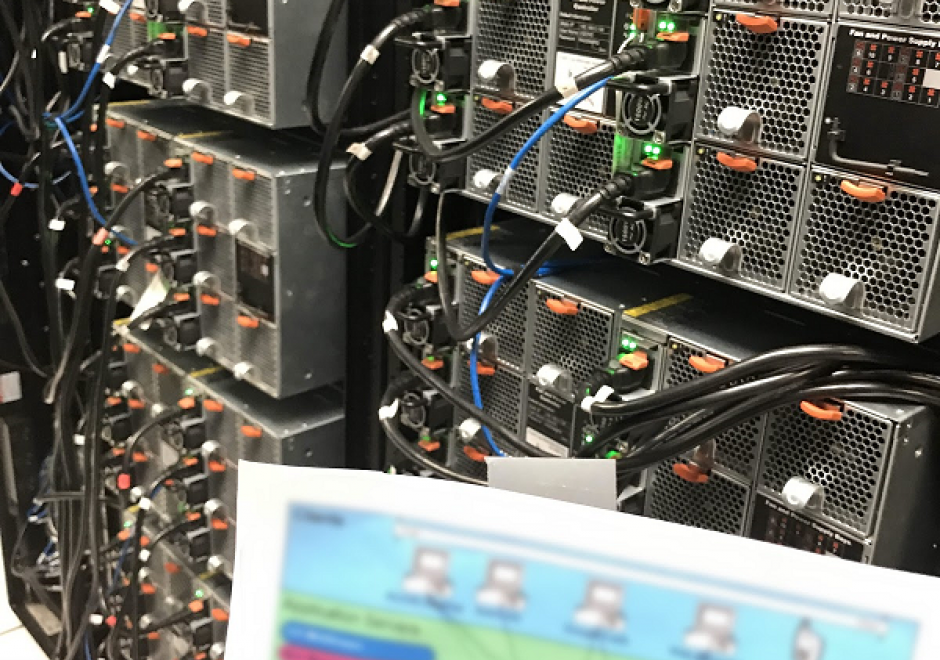FC-24 - Definitions within a conceptual model of uncertainty

- Describe a stochastic error model for a natural phenomenon
- Differentiate between the following concepts: vagueness and ambiguity, well defined and poorly defined objects, and fields or discord and non-specificity
- Explain how the familiar concepts of geographic objects and fields affect the conceptualization of uncertainty





DM-62 - Database administration